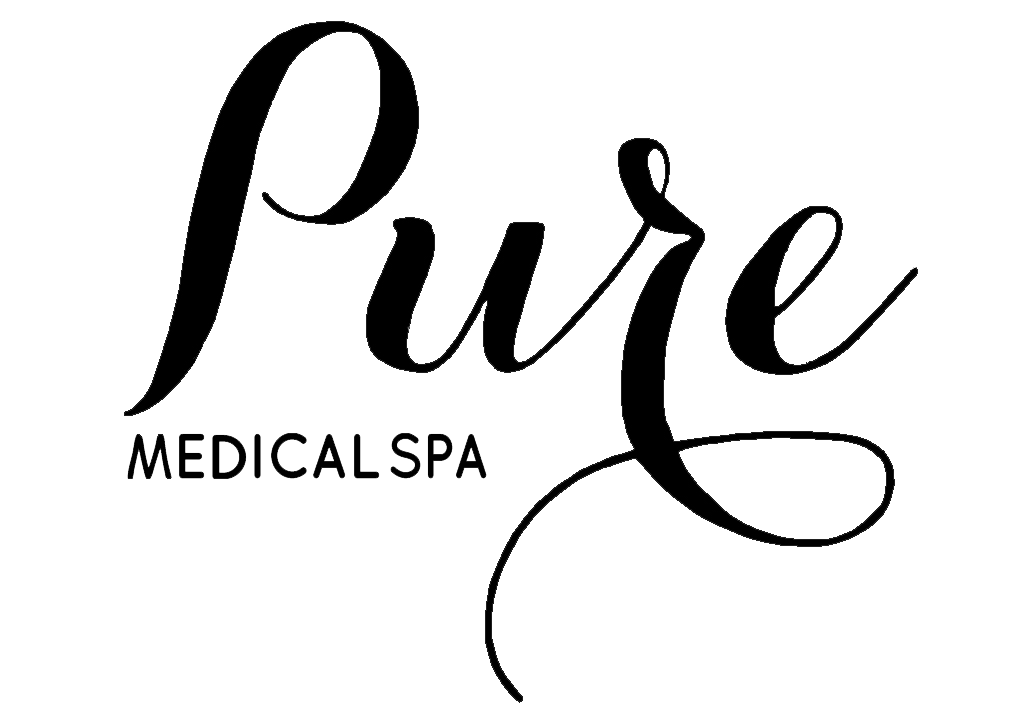Cheek fillers are a popular cosmetic treatment that enhances facial contours, providing a youthful and rejuvenated appearance. This comprehensive guide will answer all your questions about cheek fillers, from the best types to their longevity, side effects, and more.
What are Cheek Fillers?
Cheek fillers are injectable treatments designed to add volume, smooth out wrinkles, and improve the overall shape of the cheeks. They are commonly made from hyaluronic acid (HA), a substance naturally found in the skin, or other biocompatible materials. These fillers provide a non-surgical option for individuals seeking to enhance their facial structure and achieve a more youthful look.
Why Get Cheek Fillers?
There are several reasons why people opt for cheek fillers:
- Volume Restoration: As we age, our cheeks lose volume, leading to a hollow or sunken appearance. Fillers can restore this lost volume.
- Enhanced Contours: Fillers can enhance the natural contours of the face, creating a more defined and attractive look.
- Youthful Appearance: By adding volume and lifting the cheeks, fillers can reduce the appearance of fine lines and wrinkles, resulting in a more youthful appearance.
- Non-Surgical: Cheek fillers offer a non-surgical alternative to cheek implants or facelifts, with minimal downtime and fewer risks.
Which Filler is Best for Cheeks?
The best cheek filler depends on individual needs and desired outcomes. Some popular fillers include:
- Juvederm Voluma: Known for its ability to provide a subtle lift and long-lasting results.
- Restylane Lyft: Effective for adding volume and contouring the cheeks.
- Sculptra: Stimulates collagen production for gradual and natural-looking results.
What is the Best Cheek Filler?
The “best” cheek filler varies based on personal preference and treatment goals. Juvederm Voluma is often recommended for its smooth consistency and long-lasting results. However, consulting with a qualified professional at Pure Medical Spa Chicago can help determine the best filler for your specific needs.
Which Cheek Filler Lasts the Longest?
Juvederm Voluma and Restylane Lyft are known for their long-lasting effects, often lasting up to 18-24 months. Sculptra, while not a traditional filler, can provide results that last over two years by stimulating collagen production.
Where Should Cheek Fillers Be Placed/Injected?
Cheek fillers should be strategically placed to enhance the natural contours of the face. Common injection points include:
- Mid-Cheek: Adds volume to the central part of the cheeks.
- Cheekbone Area: Enhances the prominence of the cheekbones.
- Nasolabial Fold Area: Reduces the appearance of deep lines running from the nose to the mouth.
What Are the Side Effects of Cheek Fillers?
Cheek fillers are generally safe, but they can cause side effects, including:
- Swelling: Temporary swelling at the injection site.
- Bruising: Minor bruising may occur.
- Redness: Redness around the injection area.
- Lumps or Bumps: Small lumps or bumps under the skin, which usually resolve on their own.
- Infection: Rare, but possible if not performed under sterile conditions.
Can Cheek Fillers Move?
While cheek fillers are designed to stay in place, improper injection techniques or excessive manipulation of the treated area can cause fillers to migrate. It’s essential to follow post-treatment care instructions and choose a qualified practitioner to minimize this risk.
How Much Cheek Filler Do I Need?
The amount of cheek filler needed varies based on individual goals and the degree of volume loss. Typically, 1-2 syringes per cheek are used for noticeable enhancement. Your practitioner at Pure Medical Spa Chicago will provide personalized recommendations during your consultation.
What is the Best Age to Get Cheek Fillers?
There is no “best” age for cheek fillers; it depends on individual needs and aesthetic goals. Many people start considering fillers in their late 20s to early 30s to address early signs of aging or enhance their natural contours. Others may seek treatment in their 40s and beyond to restore lost volume.
When Do Cheek Fillers Look Their Best?
Cheek fillers typically look their best about 1-2 weeks after treatment, once any swelling or bruising has subsided. The results are immediate, but they may improve further as the filler settles and integrates with the surrounding tissue.
Will Cheek Filler Go Down?
Yes, the effects of cheek fillers are not permanent. Over time, the body gradually absorbs the filler material. The rate of absorption varies, but most fillers last between 12-24 months. Follow-up treatments are necessary to maintain the desired look.
Should I Get Cheek Fillers?
Deciding to get cheek fillers is a personal choice. Consider your aesthetic goals, budget, and willingness to maintain the results. Consulting with a qualified practitioner at Pure Medical Spa Chicago can help you make an informed decision based on your specific needs and expectations.
Will Cheek Filler Soften?
Yes, cheek fillers will soften over time as they integrate with the surrounding tissue. Initially, they may feel firm, but within a few days to weeks, they should soften and feel more natural.
What is the Best Filler for Cheek Augmentation?
For cheek augmentation, hyaluronic acid-based fillers like Juvederm Voluma and Restylane Lyft are often preferred due to their smooth consistency and long-lasting results. Sculptra is also an excellent option for those looking for gradual, natural-looking enhancement through collagen stimulation.
Conclusion
Cheek fillers are a versatile and effective solution for those looking to enhance their facial contours, restore lost volume, and achieve a more youthful appearance. With various options available, it’s essential to consult with a qualified professional to determine the best filler for your needs. At Pure Medical Spa Chicago, our experienced practitioners are here to help you achieve your aesthetic goals with safe and effective treatments.
Schedule a consultation today to learn more about how cheek fillers can benefit you.

